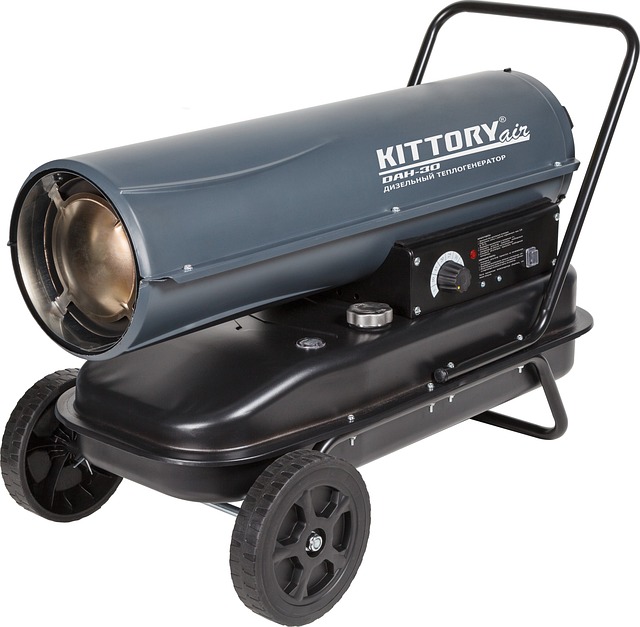
Mastering the Art of Heat Gun Wrapping
Are you looking to take your DIY projects to the next level? The heat gun wrapping technique can help you achieve a professional finish that will impress even the most discerning eyes. Whether you’re wrapping furniture, creating custom designs, or simply adding a protective layer to an object, mastering the heat gun wrapping technique is essential for a flawless result. In this post, we’ll explore expert tips and techniques to elevate your wrapping game.
What is Heat Gun Wrapping?
Heat gun wrapping involves using a heat gun to manipulate materials such as vinyl, plastic, or film. By applying heat, you can make these materials more pliable, allowing them to conform to the shape of the object you are wrapping. This technique is widely used in automotive, furniture, and craft projects.
Essential Tools for Heat Gun Wrapping
Before diving into the wrapping process, ensure you have the right tools at your disposal. Here’s a list of essential tools:
- Heat Gun: Invest in a good-quality heat gun that offers adjustable temperature settings.
- Vinyl Wrap: Choose high-quality vinyl or film that suits your project.
- Utility Knife: For precise cutting of the material.
- Application Tools: Use tools like a squeegee or felt applicator to smooth out the material.
- Measuring Tape: For accurate measurements of the surfaces you will be wrapping.
- Protective Gear: Safety goggles and gloves to protect against heat and sharp tools.
Preparation: Setting the Stage for Success
Proper preparation is crucial for achieving a flawless finish. Follow these steps:
- Clean the Surface: Ensure that the surface you are wrapping is clean, dry, and free of any dust or debris.
- Measure and Cut: Accurately measure the area you want to wrap and cut the vinyl slightly larger than needed.
- Plan Your Design: If you’re using multiple pieces, plan how they will fit together to avoid seams.
Executing the Heat Gun Wrapping Technique
Now that you’re prepared, it’s time to execute the heat gun wrapping technique. Here are some tips to ensure a seamless application:
1. Heating the Vinyl
Begin by turning on your heat gun and setting it to a low temperature. Hold it about 6 to 12 inches away from the vinyl. Move the heat gun back and forth to avoid overheating any one spot:
- Focus on one section at a time to prevent the vinyl from cooling before you can apply it.
- Watch for the vinyl to become slightly glossy; this indicates it’s at the right temperature.
2. Applying the Vinyl
Carefully place the heated vinyl onto the surface. Start from one end and gradually work your way to the other:
- Use a squeegee to press the vinyl down, pushing out any air bubbles as you go.
- For curves and edges, use your heat gun to further soften the vinyl, allowing it to conform better to the shape.
3. Trimming Excess Material
Once the vinyl is applied and smoothed out, let it cool for a few minutes before trimming the excess:
- Use a sharp utility knife for clean edges.
- Be careful not to cut too deep; you want to avoid damaging the underlying surface.
4. Final Touches
After trimming, take a moment to inspect your work:
- Check for any bubbles or imperfections and use the heat gun to fix them.
- For a perfect finish, apply a heat seal around the edges to ensure durability.
Common Mistakes to Avoid
Even experienced DIYers can make mistakes when using the heat gun wrapping technique. Here are some common pitfalls to avoid:
- Overheating: Too much heat can cause the vinyl to warp or bubble.
- Ignoring Air Bubbles: Failing to remove air bubbles can lead to an uneven finish.
- Rushing the Process: Take your time to ensure each step is executed properly.
Conclusion
Mastering the heat gun wrapping technique can transform your DIY projects, giving them a polished and professional appearance. By following these tips and techniques, you’ll be well on your way to achieving flawless finishes on all your wrapping endeavors. Remember, practice makes perfect, so don’t hesitate to experiment and refine your skills!






